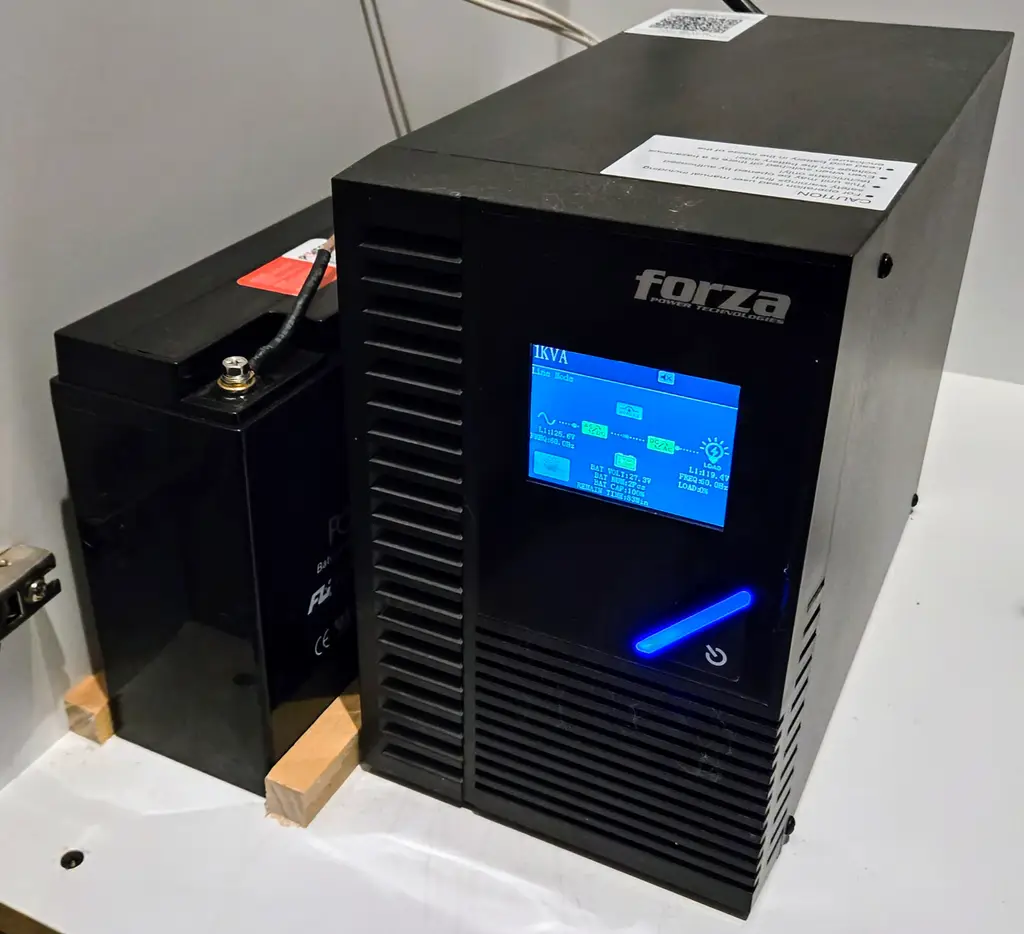Imagine your Thinking Home seamlessly anticipating your needs, responding instantly, and managing everything from lighting to security. Now imagine a sudden power flicker, or worse, a prolonged blackout. Does your intelligent environment go completely dumb? For many smart homes, the answer is a frustrating yes. A core principle of The Thinking Home is unwavering reliability , and that reliability is profoundly dependent on a stable, uninterrupted power supply.
Power outages, brief flickers, or even subtle brownouts (temporary voltage reductions) can disrupt your smart home’s functionality and potentially damage sensitive electronics like your hub and network gear. Being a good steward of the system that provides for your family’s comfort and security means planning for these power disruptions.
The First Line of Defense: Uninterruptible Power Supplies (UPS)
An Uninterruptible Power Supply (UPS) is essentially a battery backup combined with surge protection. It’s designed to instantly provide power during an outage and protect sensitive electronics from voltage fluctuations . For a Thinking Home, a UPS is a mandatory component for your core infrastructure: your smart hub, network switch, and communication coordinator.
- Why a UPS? It ensures your home’s intelligence endures through common power flickers and longer blackouts, keeping mission-critical systems like security and core automations online.
- Choosing the Right UPS: For most home applications, a Line-Interactive UPS is recommended as it corrects minor voltage fluctuations without constantly switching to battery power, extending battery life. For sensitive computer-based equipment (like your smart hub), a UPS that produces a Pure Sine Wave output is crucial for reliability.
- Sizing Your UPS: You’ll need to calculate the total wattage of the critical equipment you want to keep powered and then choose a UPS that can handle that load for your desired runtime (e.g., 15 minutes to survive flickers, or 1-2 hours for longer outages).
Enhancing Resilience with Power over Ethernet (PoE)
Power over Ethernet (PoE) is a transformative technology that takes your power resiliency to the next level. A PoE switch delivers both electrical power and data over a single Ethernet cable. This is incredibly valuable for devices like security cameras, Wi-Fi access points, and even some advanced Zigbee/Z-Wave coordinators, as it eliminates the need for separate power adapters at their location.
- Centralized Power: The primary benefit of PoE for uptime is that it centralizes your power source. When your PoE switch is connected to an Uninterruptible Power Supply (UPS), every device connected to that PoE switch is also automatically on battery backup. This creates an incredibly resilient system that can remain fully operational during a power outage.
- Simplified Installation: Imagine installing a security camera anywhere you can run an Ethernet cable, without worrying about finding a nearby power outlet. This flexibility allows for optimal placement of devices like Wi-Fi access points for the best possible coverage.
Ensuring your Thinking Home has clean, uninterrupted power is a fundamental act of Intelligent Sovereignty. It’s about asserting control over its most basic dependency, transforming your smart home from a fragile convenience into a truly resilient utility that you can depend on, day in and day out.
For a complete guide on selecting and sizing UPS systems and implementing PoE for your smart home, refer to Appendix J: A Guide to PoE and UPS Sizing and Appendix H: The Physical Network Foundation in The Thinking Home.

